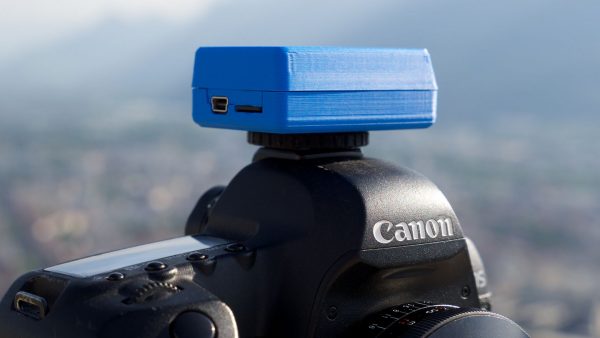By site editor Dan Chung and associate editor Elliot Smith:
There’s been a lot of buzz online this week around a new plugin for Adobe After Effects called ReelSteady. It’s a software only image stabilisation system that provides results far superior to other software not requiring additional hardware. The demo footage online shows handheld shots that, when processed, look like they might have been shot on a Steadicam or brushless gimbal. Many readers will be familiar with Adobe’s Warp Stabiliser and this looks to be much better.
The stabilised footage does look softer than the original and the image will crop slightly just like Warp Stabiliser, but one assumes that if you start with a high resolution image from a 4K camera then the end results will be much better if you aim to finish in HD. If you shoot with a 5K, 6K or 8K resolution camera then things should be better still.
Even though it’s very impressive the stabilisation function is not the only significant feature of ReelSteady. The rolling shutter or jello effect has plagued CMOS sensors ever since the dawn of DSLR video. Cameras have increasingly high resolutions but the read speed of many CMOS sensors can still be slow. The latest Sony a7R II and the new KineMAX 6K cameras yield sharp images, but they also exhibit considerable skew. ReelSteady has a function than can reduce skew and the demo below shows it being practically eliminated from RED 5K footage.
Again one expects a reduction in resolution and it will interesting to see how well it works when the camera is making more complex movements, or the focus of the subject is changing. Even if you’re using a gimbal or Steadicam this software may be able to save a shot that suffered from a slight bump or vibration and this is something we are keen to test out.
One thing that the demonstrations show is that the stabilisation takes considerable computing power and it takes time for ReelSteady to work. If after the first pass it doesn’t quite get the stabilisation right there is the option to re-stabilise just a short section instead of doing the whole thing over. This is a clever way to save time.
Another feature is the ability to remove distortions from the image and de-fish GoPro footage at the same time as stabilising. There are presets for common camera combinations and you can also perform custom calibrations if no preset exists. Check out the video below:
The obvious comparison for ReelSteady is the hardware/software based SteadXP which we have featured several times before on Newsshooter. This system has the advantage of hardware sensors that tell the camera exactly where it is in 3D space and uses this information to assist the software stabilisation. SteadXP also reduces rolling shutter as can be seen in the video here.

Demos we have seen show that this makes the stabilisation much faster than a purely software solution. In theory it could make the stabilisation more accurate as well – there should be less computational guess work involved. How the two compare when it comes to results will be very interesting to see in the future. SteadXP also has the advantage of not needing to use Adobe After Effects.
You can find out more about ReelSteady on their website.





